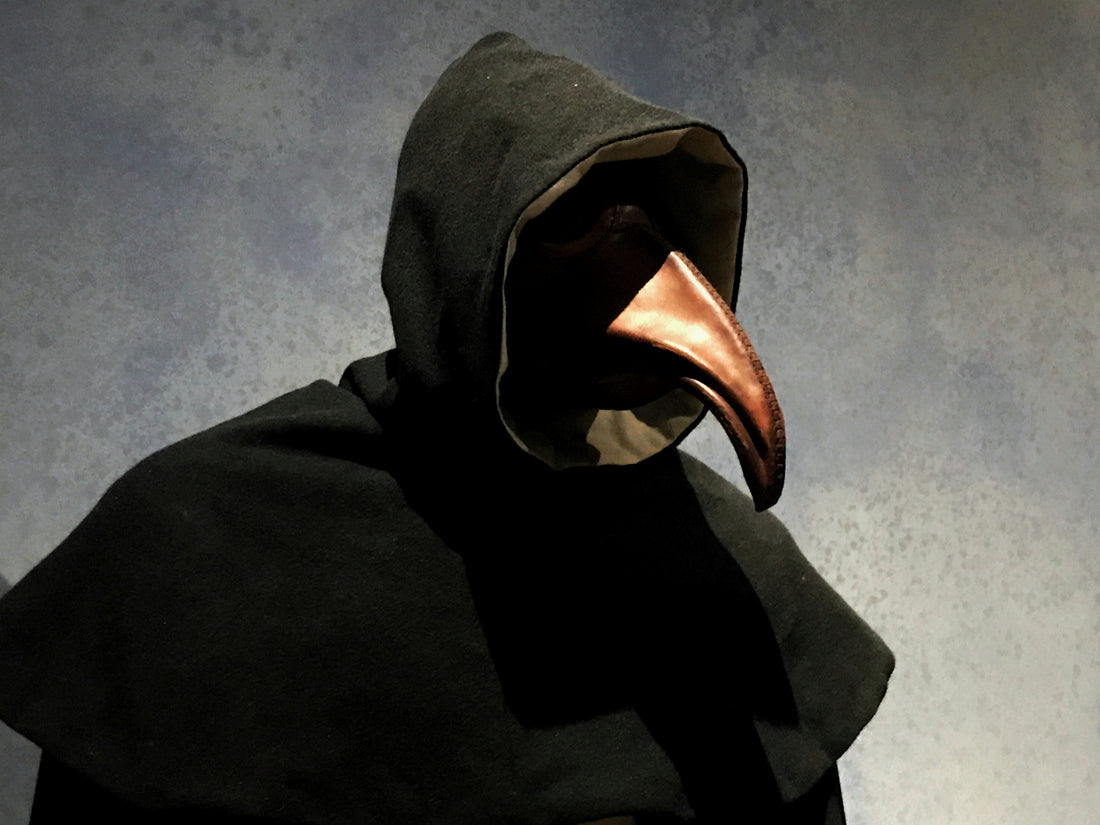
The black death and animals
Share
This occurrence has fascinated me intensely, for many years and I have read everything on the subject, that I could get my hands on. Such an unbelievably macabre phenomenon that affected all aspects of life and shifted existence, how it was known, in so many ways. It occurred a couple of times during the course of history, the outbreak of the 1346 to 1353, in Europe, was the most severe, impacting human life the most. Scholars believe that at least 50% (not a definitive number) of the population perished and the effects were felt many years after the deaths subsided. Not only were people affected on a personal level, but because so many died, the economy had to adapt dramatically. The long standing social system known as feudalism wasn't able to survive and people had to change. One of the few positives emerging form such a disastrous event....but I digress....
As we are talking about animals and the bubonic plague, it makes sense to start with the little creatures responsible for one of the most devastating epidemic in the history of human kind.

Fleas are the transmitters of the bacteria Yersinia pestis. They become infected by biting affected host animals, mostly domestic and wild rodents. A blood meal on a human or other naïve animal is then required for transmission and outbreak to be effective. Animals also get infected by ingesting infected hosts. Rats, and more recently, ferrets have been blamed for the spread across land and bodies of water.


Most mammals are susceptible, especially cats. They develop the same three different forms of the disease as humans do. Bubonic, pneumonic and septicaemic plague.
If identified early it is successfully treated with appropriate antibiotics. Occasionally it still does occur around the world, in humans as well. Treatment is sometimes only implemented late as appropriate tests are generally only requested at a late stage of the disease.....after all who considers plaque as a realistic differential diagnosis, these days!?!
Cats initially show vague signs like inappetence, lethargy and fever before the lymph nodes swell. The mandibular lymph nodes are most prominently ones affected. The other two forms can be even more challenging to diagnose as the septecaemic form causes rapid death, thus not leaving much time for diagnostic tests. The pneumonic form's symptoms can have numerous other possible differential diagnosis, as respiratory/lung infection like symptoms are quite common in cats.
I am not trying to alarm any cat owners out there, the chances of your cat contracting plague is exceptionally rare. Thankfully, the disease mostly exists in text books these days.
During the worst of the black death, domestic and farm animals also died. This possibly added to the economic changes of the time. Records are obviously sparse as people had bigger problems and animal husbandry non existent during the worst of it. Safe to say animals didn't get away scotch free. Goats and camels are rarely affected, horses, cattle and sheep do harbour the bacteria. Rabbits can get affected, whilst dogs are relatively resistant. Birds and nonmammalian vertebrates are not susceptible.
Interestingly, Yersinia pestis is listed as a category A bioterrorism agent.
The fact that it is still around is absolutely fascinating. The experts believe that there were other diseases, viruses and bacteria at play, that worked synergistically at the time in humans. Maybe also in animals, we will probably never know
